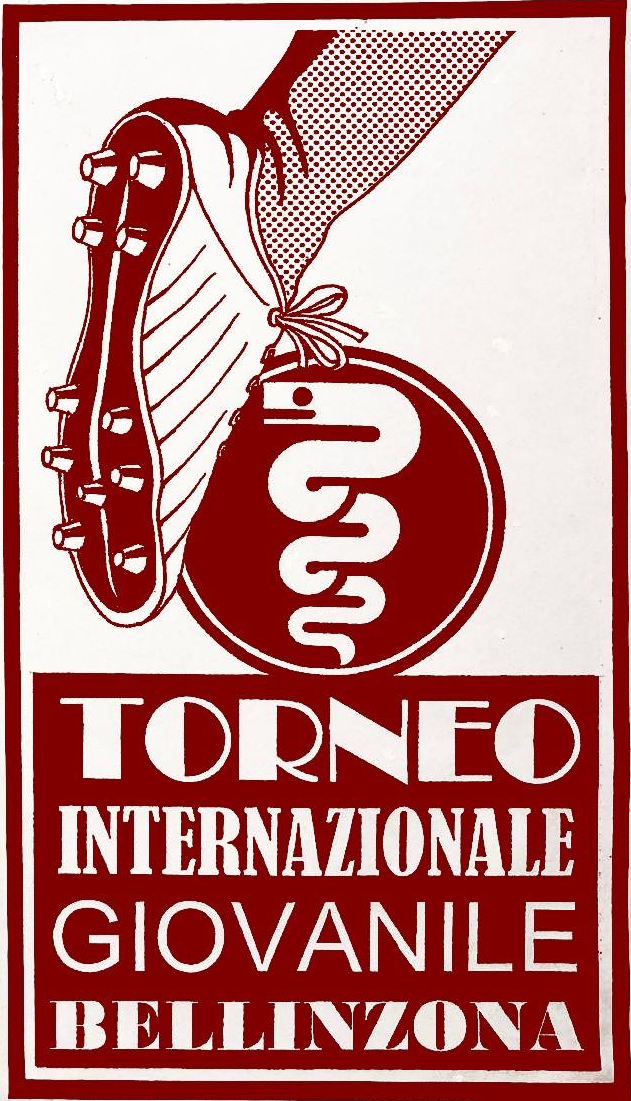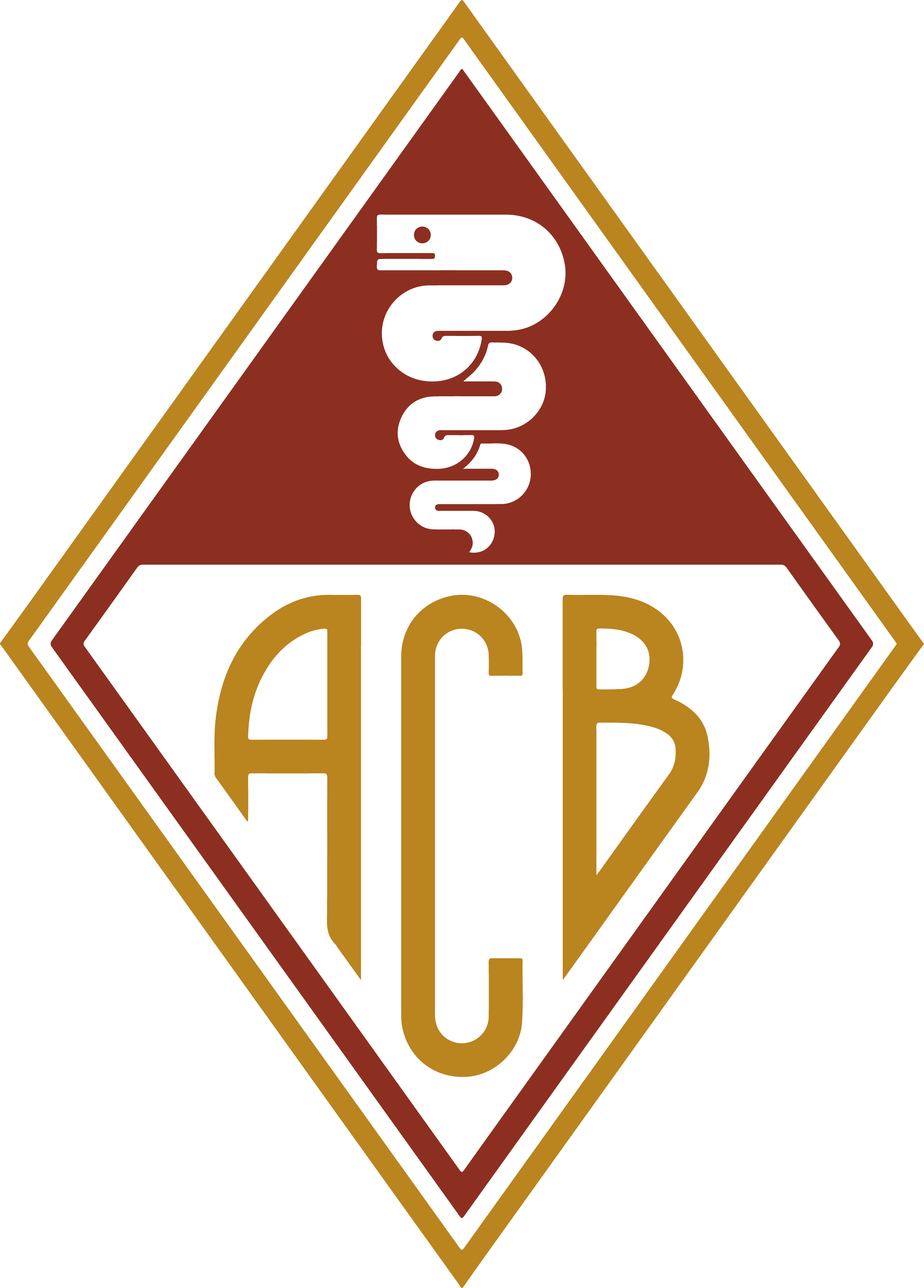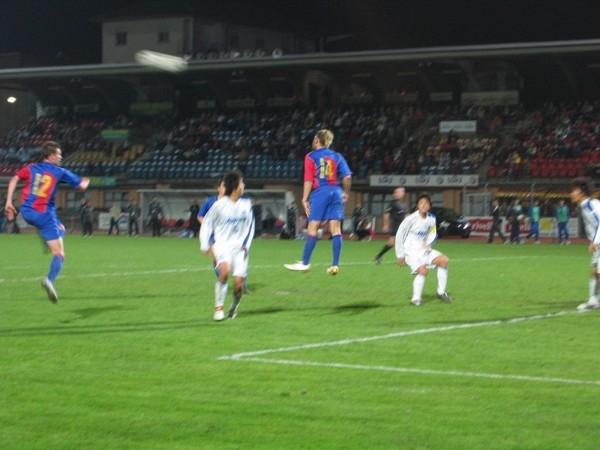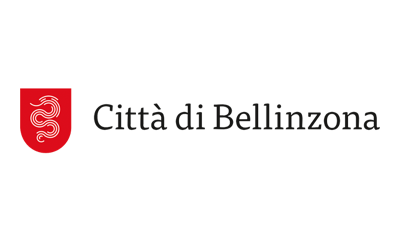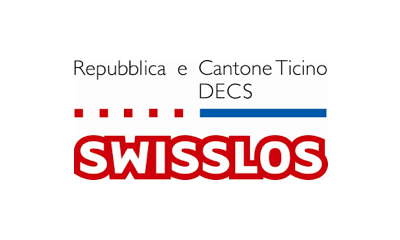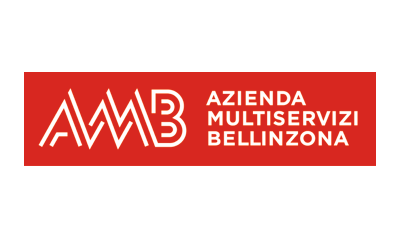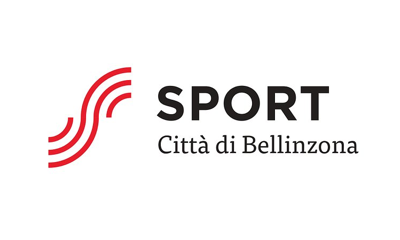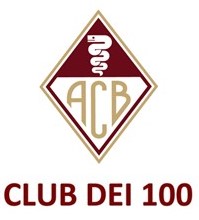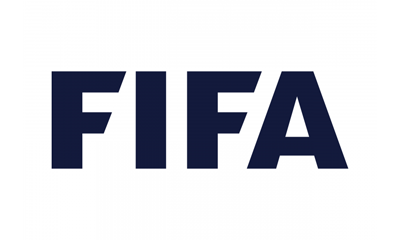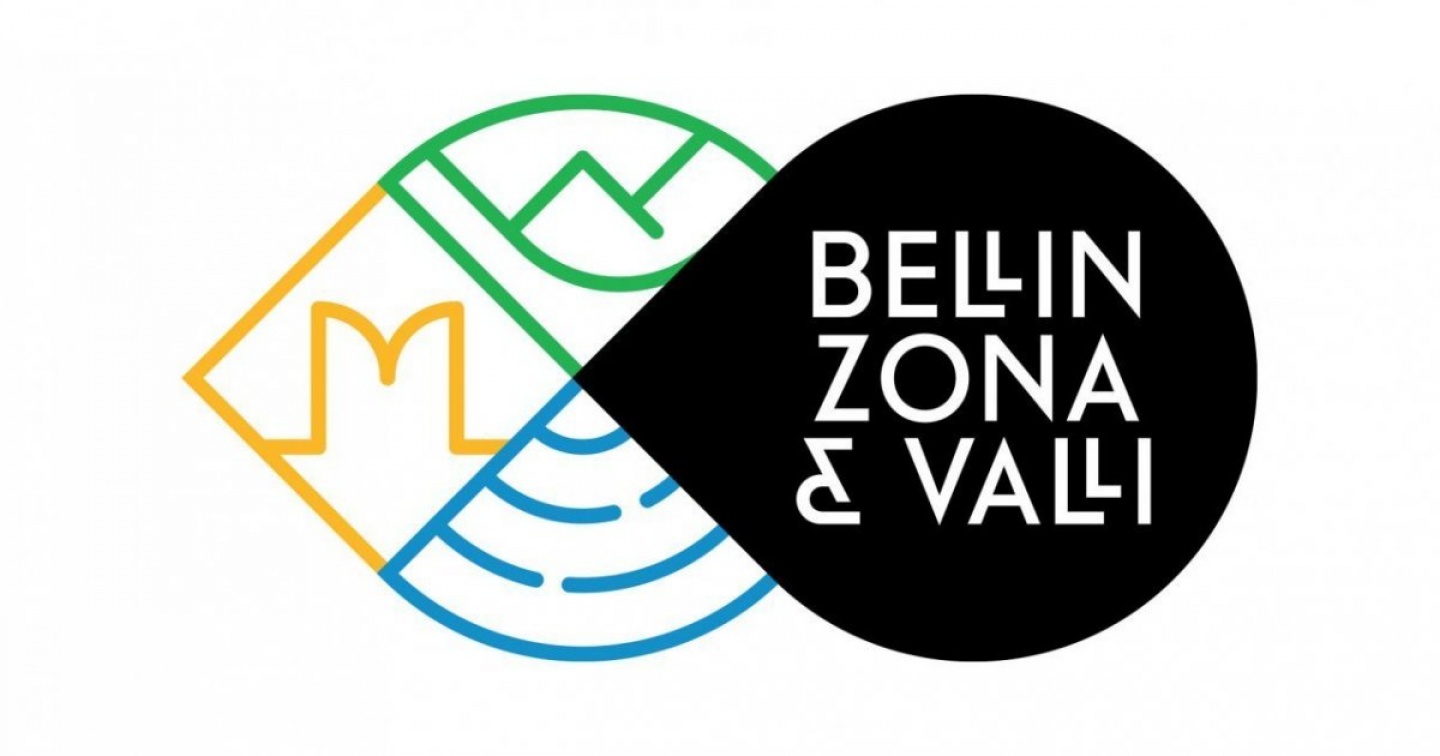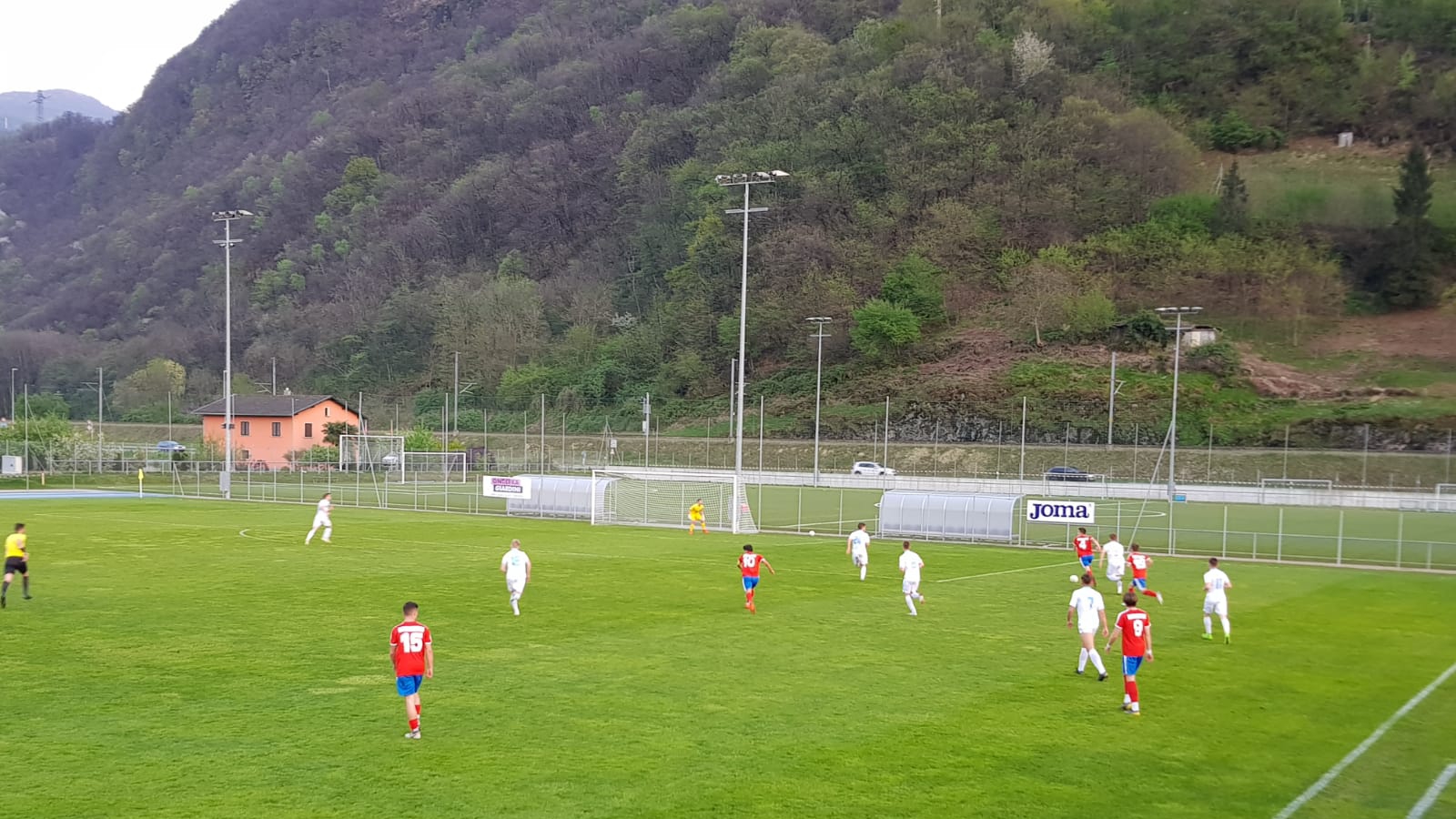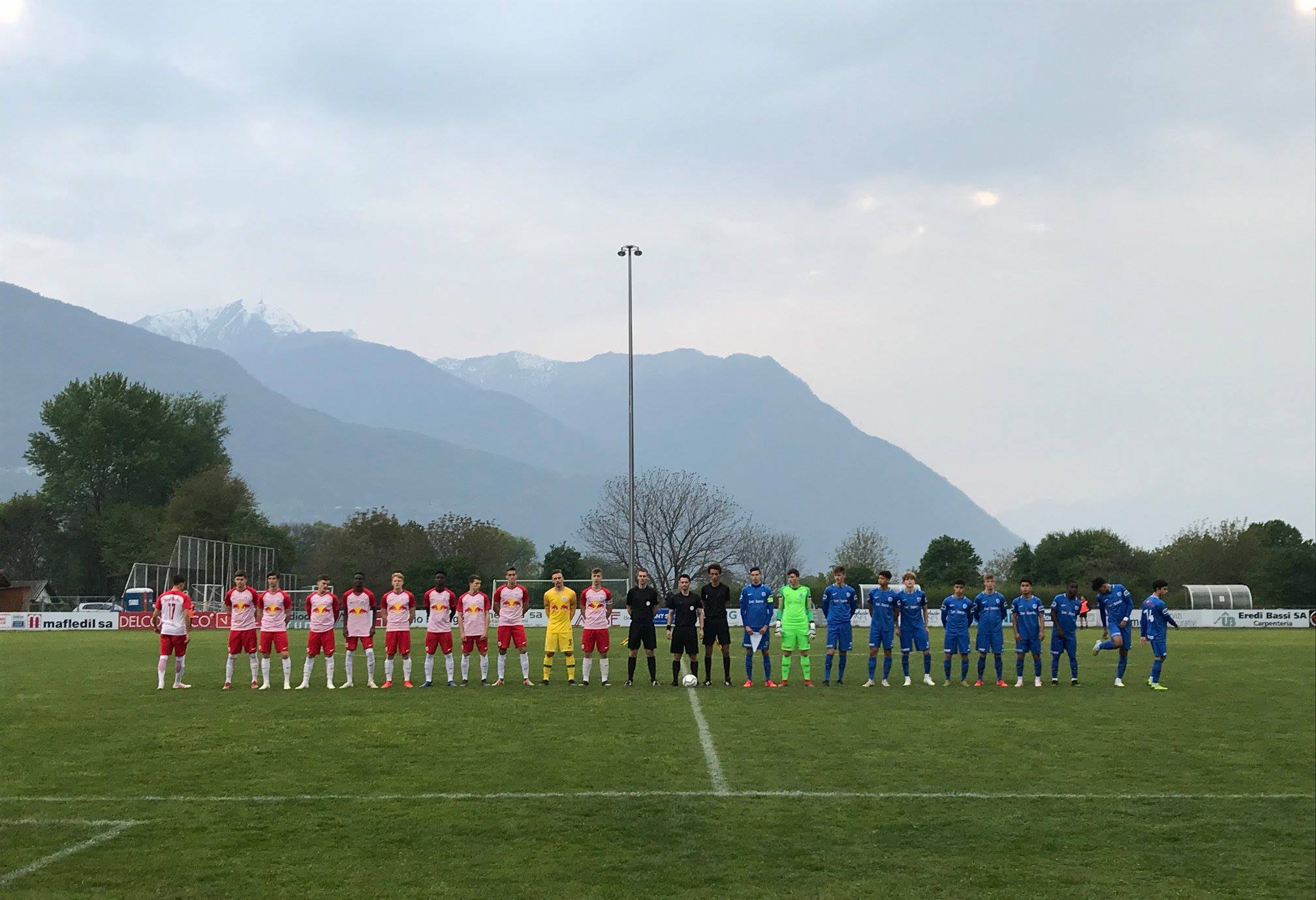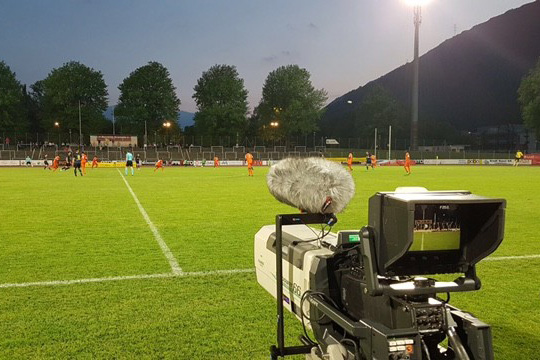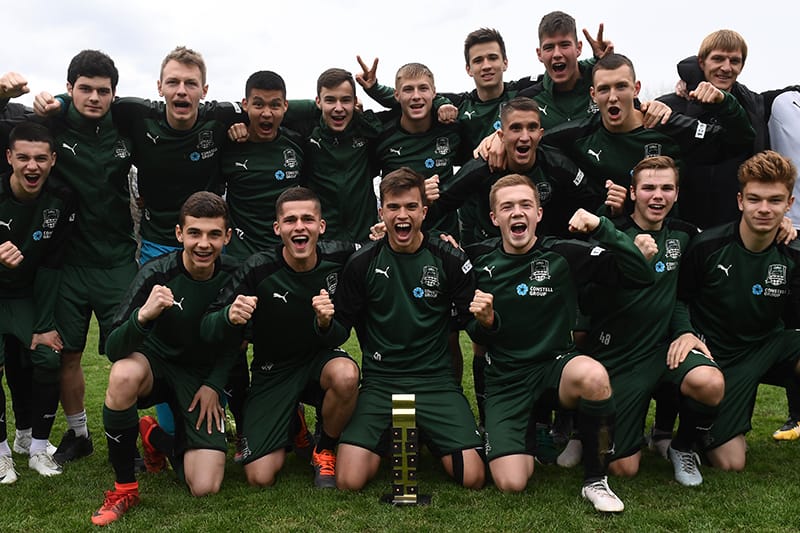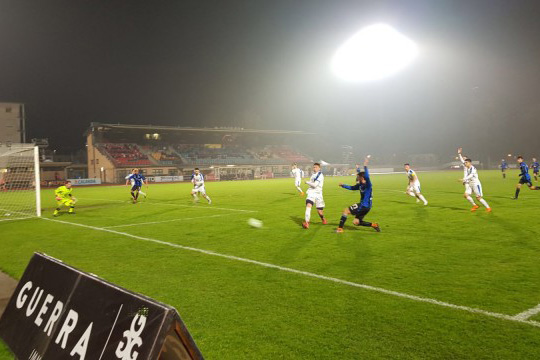The Bellinzona Youth International Football Tournament is returning.
Starting from April 2, 2026, after two years of interruption, the City of Bellinzona is preparing to host the 81st edition of the "Easter" Tournament. Eight U19 teams from all over the world will be present, offering football enthusiasts an engaging spectacle of the highest quality, showcasing very different football schools
competing against each other. Young players will have the opportunity to broaden their football and personal experiences by facing peers raised with different values and educational backgrounds. All of this will take place in a positive environment of sportsmanship, open to challenges and respectful of others, but also fun for everyone participating and attending.
Yes, because the Bellinzona Tournament is not just about football entertainment. It would be reductive to limit an event of such scope and importance to the interests of industry insiders and die-hard football fans. An event of this caliber should establish itself in the Ticino region as a spectacle within a spectacle, promoting the positive aspects of high-level competition—namely sharing and promoting the values of sport, fair play, raising awareness about practicing sports, and learning about new cultures from around the world—while also showcasing our magnificent city, rich in history, and the stunning Ticino territory.
In this sense, the organizers aim to give the event popularity and visibility through various side events.
History
In the 1990 special edition of Il Dovere, celebrating the 50th anniversary of the International Youth Tournament, Ulisse Carugati wrote about the first edition, held in 1941:
“Born during wartime, almost as a message of peace to a Europe in flames, the sparkling garnet-colored tournament has grown constantly and regularly over time without ever stopping, until it became a prestigious gala and an exclusive event for teams of high and recognized reputation.”
This view of the Tournament as a diachronic element during World War II is also supported in the same supplement by one of its founders, along with the first president Ernesto “Nino” Grassi — namely, Carlito Galfetti — who wrote in an article titled “The ‘Expression’ of the Tournament as Seen by a Founding Member”:
“We must go back to the genesis to understand its other original ‘purposes.’ Not only to display flourishing youth talents and delight in what freshness has to offer, but also to fully contribute to strengthening the home front.”
And again:
“The climate of 1941 demanded events of unity, even if numerically limited by the circumstances of the time. With the vision of a peaceful gathering, a small group of volunteers worked hard to establish a youth football front.”

It was under these premises that the National Youth Tournament of AC Bellinzona was born. Until 1945 inclusive, the Tournament was limited to Swiss teams. The first two editions were won by AC Bellinzona, which repeated its success in 1945. Only in 1946, after the end of World War II, were foreign teams allowed to participate. Inter Milan won that first “true” international edition, drawing in the final with ACB, who then voluntarily and sportingly conceded the victory to Inter.
Between 1946 and 1950, victories were shared between ACB—again winners in 1947 and 1948—and various Italian teams. Of note, the 1947 edition saw a record 20 teams participating. The list of participants expanded to include teams from all over Europe, signaling the transformation of the tournament in the immediate postwar years.

These were the years of the first great champions, whose talents were recognized nationally and internationally after playing in the Tournament. One notable example is Antonio Permunian, a goalkeeper who left a lasting mark on Bellinzona football.
Later came players who would become global icons, from “Kaiser” Franz Beckenbauer to Sandro Mazzola, and later Oleg Blokhin, David Beckham, Simon Tahamata, and many others. More recent stars include Yann Sommer, Granit Xhaka, and Xherdan Shaqiri—players who still ignite the passion of fans today.
Although we risk forgetting many well-known names from Bellinzona, national, and international football, this website includes a section dedicated specifically to them, with historical records recovered mainly from newspapers and the efforts of Elvezio Maspoli and Dario Zanetti—though it remains incomplete.
A More Structured Era
In the 1960s, the Tournament adopted a more stable structure regarding the number of participating teams. From 1958 to 2019, there were consistently eight teams, with only three exceptions—the last being in 1971, when 12 teams took part. The 80th edition featured just six teams.
Meanwhile, the great footballing schools took turns showcasing their styles and values. First, the Italian school made its mark due to cultural affinity and geographic proximity. All the great Italian clubs have played here: Inter (second only to ACB in appearances and with a record nine victories), Milan (who faced Inter in the 1989 final), Juventus, Napoli, Atalanta, Como, Bologna, and many others. Italian teams have always thrilled the Bellinzona audience.

In 1947, the tournament welcomed its first British team, the RAF Youth, and its first French team, Stade Marseille. Toward the end of the 1940s, the first German-speaking teams arrived, notably FC Wien. In total, 21 teams from the German-Austrian region participated—14 from Germany (including Bayern Munich, Eintracht Frankfurt, Borussia Dortmund, and Borussia Mönchengladbach) and seven from Austria. In 1961, Bayern won the tournament with a young Franz Beckenbauer in their lineup.

From the Balkans, under the former Yugoslavia, many teams also came to Bellinzona. Particularly notable is FK Rijeka, which participated 15 times between 1954 and 2019.
In the 1950s, the tournament welcomed its first Spanish team, opening a chapter that would shape the future of the event. In 1962, British charm returned as Arsenal took the field at the Communal stadium, followed by Wolverhampton, Derby County, Liverpool, Tottenham Hotspur, Leeds United, Chelsea, and Manchester United, which fielded a young David Beckham in 1994.
From the 50th anniversary supplement:
“We were eager to learn how a foreigner touched and kicked the ball: ‘He kicks it like the Hungarians,’ we used to say.”
Hungarians, especially associated with Puskás, were believed to strike the ball differently—most iconically with the outside of the left foot. That dream became reality in 1965 when Vasas Budapest participated, followed by Honved, Ferencváros, Újpest Dózsa, etc.
In 1971, the Torpedo Moscow team arrived with a player who made a lasting impression: Oleg Blokhin, who would win the Ballon d’Or in 1975, just four years after appearing in Bellinzona.
In 1975, Ajax Amsterdam brought “Total Football” to Bellinzona, including the gifted Simon Tahamata from Suriname—a crowd favorite for years.

Beyond Europe
Until 1977, only European teams participated. But growing interest led to the inclusion of teams from other continents. The U.S. National Team played in 1978 and 1979, winning one final and losing the other to Inter, whose striker Aldo Serena scored the decisive goal.
In 1979, Japan’s national youth team made its debut, signaling global expansion. A Japanese TV crew accompanied the team and later broadcasted documentaries about the tournament and the region, offering exceptional tourism promotion.

FC Barcelona first appeared in 1972 but marked the 1990s with its elegant, Dutch-inspired play. Star players like Iván de la Peña emerged, and the club participated nine times, most recently in 2009. The organizers hope to bring Barça back—hopefully in the near future.
In the 1990s, the diversity of participants grew significantly. From Europe came Porto, Benfica, Belenenses (where former ACB players Macaè and Mangiarratti played), Galatasaray from Turkey (linked to Kubilay Türkyilmaz, Bellinzona’s most famous player), Atletico Madrid, and Manchester United with Beckham.
Rumors in the city claimed Real Madrid never participated due to a lack of suitably luxurious hotels in the region.
From outside Europe, Brazilian teams brought the iconic “futebol bailado” style. Paulo Cesar and Mario Sergio stunned over 16,000 fans with a 4-2 win over Lausanne.

South America brought more stars in the 2000s: Boca Juniors, River Plate, and Vélez Sarsfield. Their presence became a regular highlight, often alongside South American players at ACB.
Africa has also made its mark. The presence of AYSA Academy from Harare (Zimbabwe) is particularly meaningful. Led by Marc Duvillard, now a member of the 2026 Tournament Organizing Committee, the academy offers young people a chance to escape poverty through football and education. Their participation reflects the tournament’s commitment to supporting socially engaged projects.
In 2019, the 79th edition was won by the Red Bull Salzburg Academy, but the pandemic interrupted the tournament for three years. Despite the organizers’ best efforts, conditions did not permit the event’s continuation. A first attempt at a comeback in 2023 brought the 80th edition, won by Union Berlin, but with challenges in recruiting teams, sponsors, and audiences, ACB decided to withdraw from organizing.
However, with a new board appointed in October 2024, the idea to revive the tournament was born again. And so, the story of 2026 is about to begin!
Board
President
Brenno Martignoni-Polti
Director
Vittorio Silacci
direttore@torneobellinzona.ch
Technical Manager
Marc Duvillard
tecnico@torneobellinzona.ch
Finance
Patrick Gada-Barenco
finanze@torneobellinzona.ch
Marketing and Communication
Ivan Degli Esposti
marketing@torneobellinzona.ch
Press
Giorgia Mossi
stampa@torneobellinzona.ch
Logistics
Rolando Martignoni
logistica@torneobellinzona.ch
Entertainment
Andrea Spinedi
animazione@torneobellinzona.ch
Hospitality
Matteo Tosetti
ospitalita@torneobellinzona.ch
Winner
- 2023 Union Berlin (DE)
- 2019 Red Bull Academy (AT)
- 2018 Krasnodar (Rus)
- 2017 Palmeiras (Bra)
- 2016 Palmeiras (Bra)
- 2015 Midtjylland (Dan)
- 2014 Inter (Ita)
- 2013 Basilea (CH)
See all
